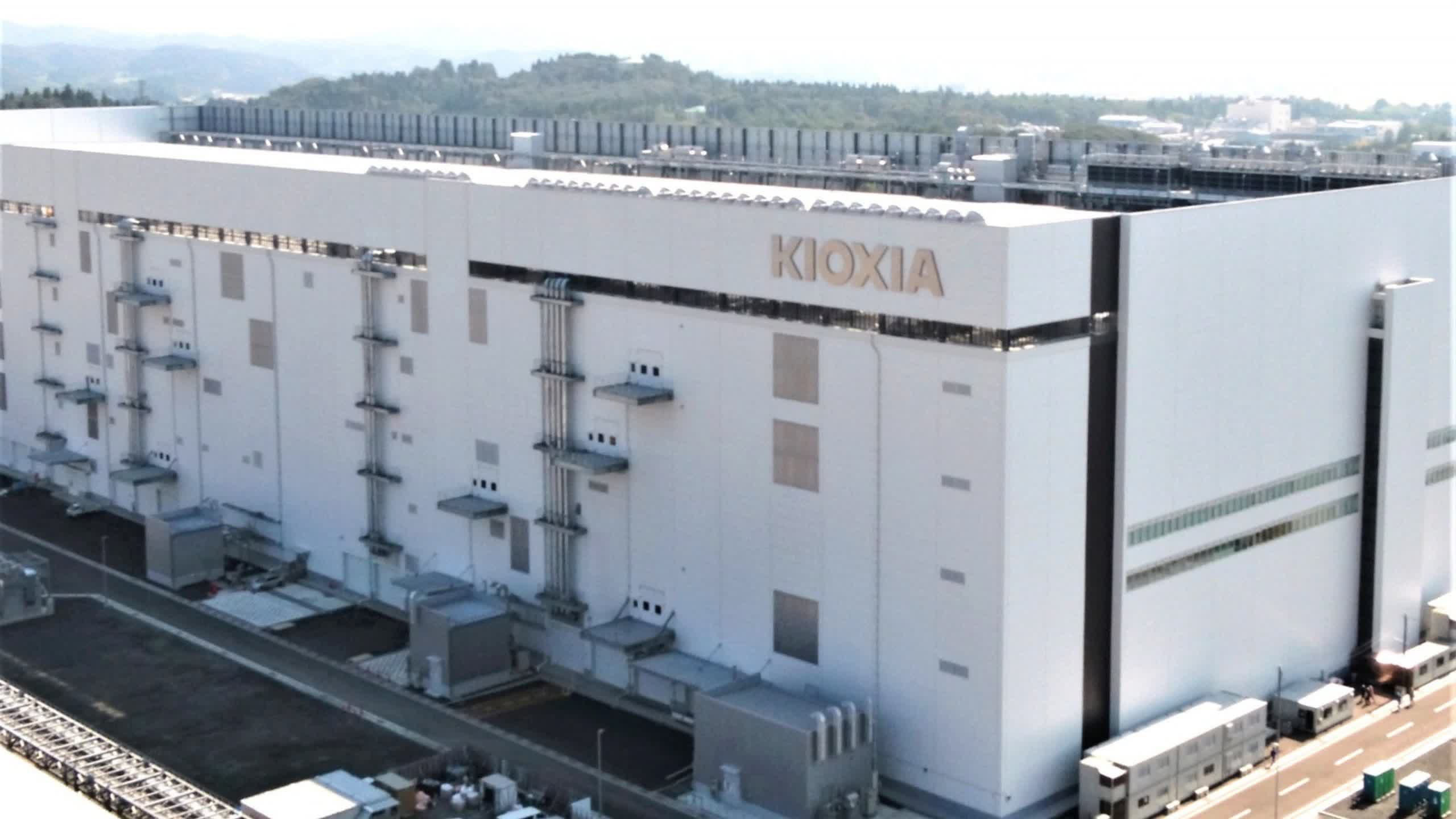In context: Western Digital and Kioxia spent the last few weeks trying to solve a contamination issue at their manufacturing facilities in Japan, which caused the loss of more than three percent of the global NAND output predicted for this year. This may cause a spike in prices until production ramps back up to full capacity.
Last month, we learned that Kioxia and Western Digital had to halt operations at two of their manufacturing plants after they discovered a contamination issue affecting BiCS 3D NAND lithography equipment. This led to the immediate loss of a staggering 6.5 exabytes of NAND dies that would have otherwise been integrated into hundreds of millions of solid-state storage devices.
The two companies now say the contamination issue affecting the Yokkaichi and Kitakami fabs was fixed in late February, but offered no details regarding the specific contaminant that caused all this. Normal production has restarted and will slowly ramp up in the coming months.
If all goes well, the two facilities should return to their nominal production capacity by the end of June.

We now also have a clearer picture of the consequences, as Western Digital said the defective NAND dies total around seven exabytes, which is slightly more than the initial estimates given in February. Then there's the issue of missed NAND production as the production lines laid unused for weeks.
According to Wells Fargo semiconductor analyst Aaron Rakers, Kioxia and Western Digital are expected to register a loss of output of around 29 exabytes in the first half of 2022.
This will no doubt affect the financial results of these companies in the short-term, and Western Digital has already revised its revenue guidance for the third fiscal quarter from a $4.45 billion --- $4.65 billion interval to $4.2 billion --- $4.4 billion.
Kioxia and Western Digital together account for around a third of the NAND market, so this will also affect prices of solid-state storage products. According to market research firm TrendForce, NAND prices could rise anywhere between five to 10 percent in the coming months.
